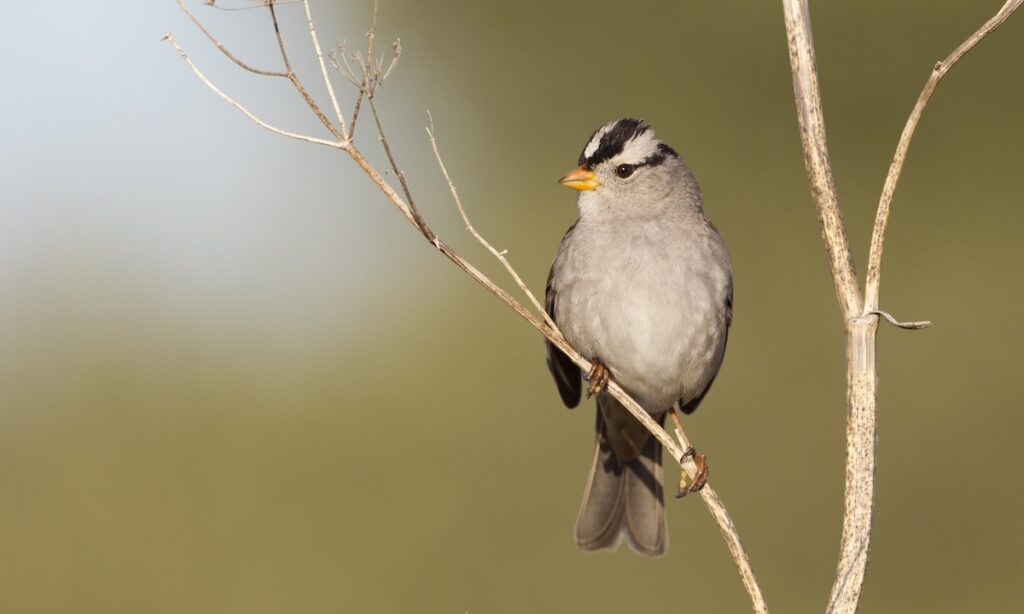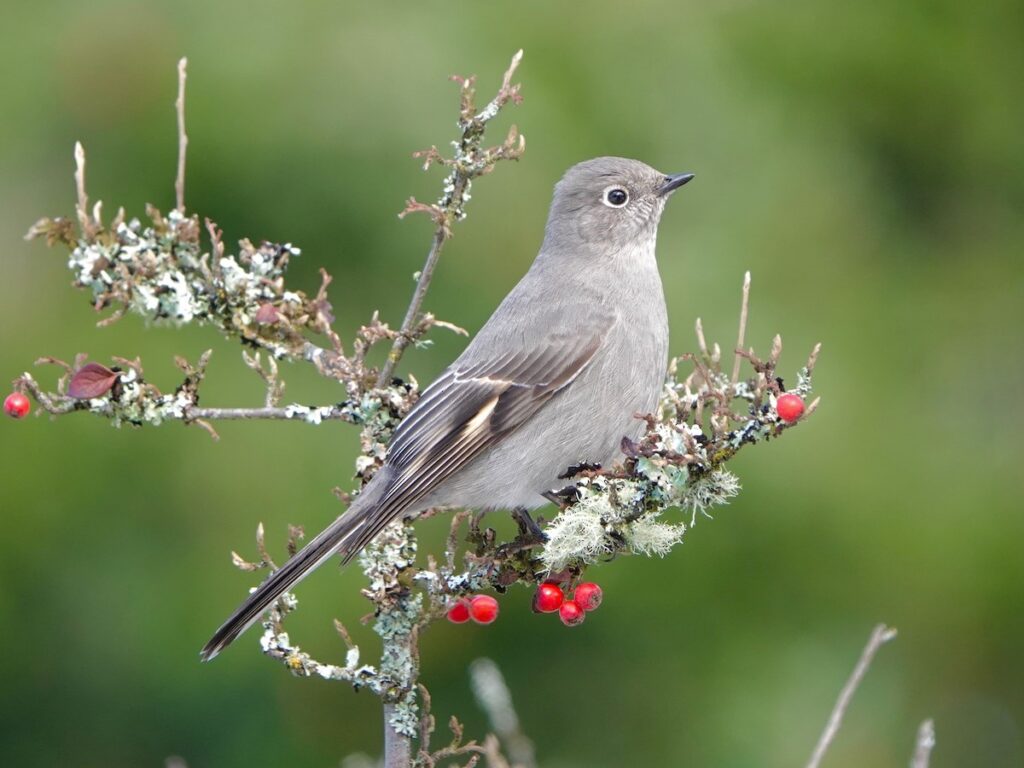A Naturalist’s Perspective on Geologic History
ACES Staff
July 31, 2023

Aldo Leopold said, “Only the mountain has lived long enough to listen objectively to the howl of a wolf.”
We may view the mountain as a stoic, unchanging mass that watches over the community of living organisms on its flanks; but what if we consider the mountain over geologic time?
 Mountains could be viewed as a short-lived result of tectonically induced stresses in the Earth’s crust that vanish as soon as they appear. In a world where immediate threats to biodiversity and climate require immediate solutions, it is easy to lose sight of the processes of geological and biological evolution that have brought us to the present ecological state of the land we inhabit.
Mountains could be viewed as a short-lived result of tectonically induced stresses in the Earth’s crust that vanish as soon as they appear. In a world where immediate threats to biodiversity and climate require immediate solutions, it is easy to lose sight of the processes of geological and biological evolution that have brought us to the present ecological state of the land we inhabit.
Studying geology in college, I learned to appreciate the stories that rocks can tell us about the state of the world thousands, millions, or even billions of years ago. Since then, I have learned a great deal about the individual species that inhabit this place and the relationships they have with each other.

Photo of Willow Basin, with mountain showing contact between the Maroon Formation and oligocene granodiorite intrusions. Photo by Charlie Robinson.
As a naturalist guide, it is my responsibility to view nature from as many angles as possible, taking into consideration every factor that weighs on the ecological balance. Combining my newfound knowledge of biotic processes with my passion for the abiotic world has heightened my connection to nature, and I am so fortunate to be able to share this connection with those who come on my tours.
Recently, in a one-hour presentation I gave to the Aspen-Sopris Ranger District, my love for deciphering the stories told by rock strata and topography was rekindled. In such a short span of time, it is virtually impossible to cover the geologic history of this valley in its entirety. Through samples of local rocks, paleogeographic maps, and some scribbly attempts at explaining physical processes, I told the story of transgression and regression of the sea, the rise and fall of mountains, and the shaping of the modern landscape. When sharing knowledge of local geology, it makes all the difference in the world having an audience that is engaged, curious, and eager to learn something new.
I don’t expect people to remember that the mineral that gives the Maroon Bells their color is called hematite or that the Western Interior Seaway closed about 70 million years ago. My hope is that people will walk away from this experience with a newfound understanding and curiosity about how the Earth changes over time, and the effects that geology has on the landscape to which we are so closely connected. The tiny microbes that marked the first life on Earth sprang from the barren planet about 3.8 billion years ago. Life has been steadily evolving alongside the inexorable forces of geology ever since. Every evolutionary fork throughout Earth’s history has led to the formation of the tightly woven tapestry of life that we can observe right in our backyards. Through this perspective, we can better grasp the magnitude of our surroundings and begin to formulate what our role as a species may be in the community of living things.

Charlie training ACES Naturalists on the geology of the Maroon Bells.

-Charlie Robinson, ACES Mentor Naturalist
If you would like to learn more about the geology of the Roaring ForkValley and beyond, check out some of these resources:
The Geologic Story of the Aspen Region by Bruce Bryant and Peter Martin
Roadside Geology of Colorado by Felicie Williams and Halka Chronic
“A Brief History of Colorado Through Time” video by the Interactive Geology Project
Recordings of previous Naturalist Nights presentations at Hallam Lake:
Can Rocks Talk? Geology’s Story from the Bottom of Glenwood Canyon to the Grottos
Warmer – But to What End? The Past Present and Future Climates of the Roaring Fork Valley
Related Content

ACES Morning Birding at Hallam Lake 10/21/25
Learn More
ACES Morning Birding at Rock Bottom Ranch 10/14/25
Learn More